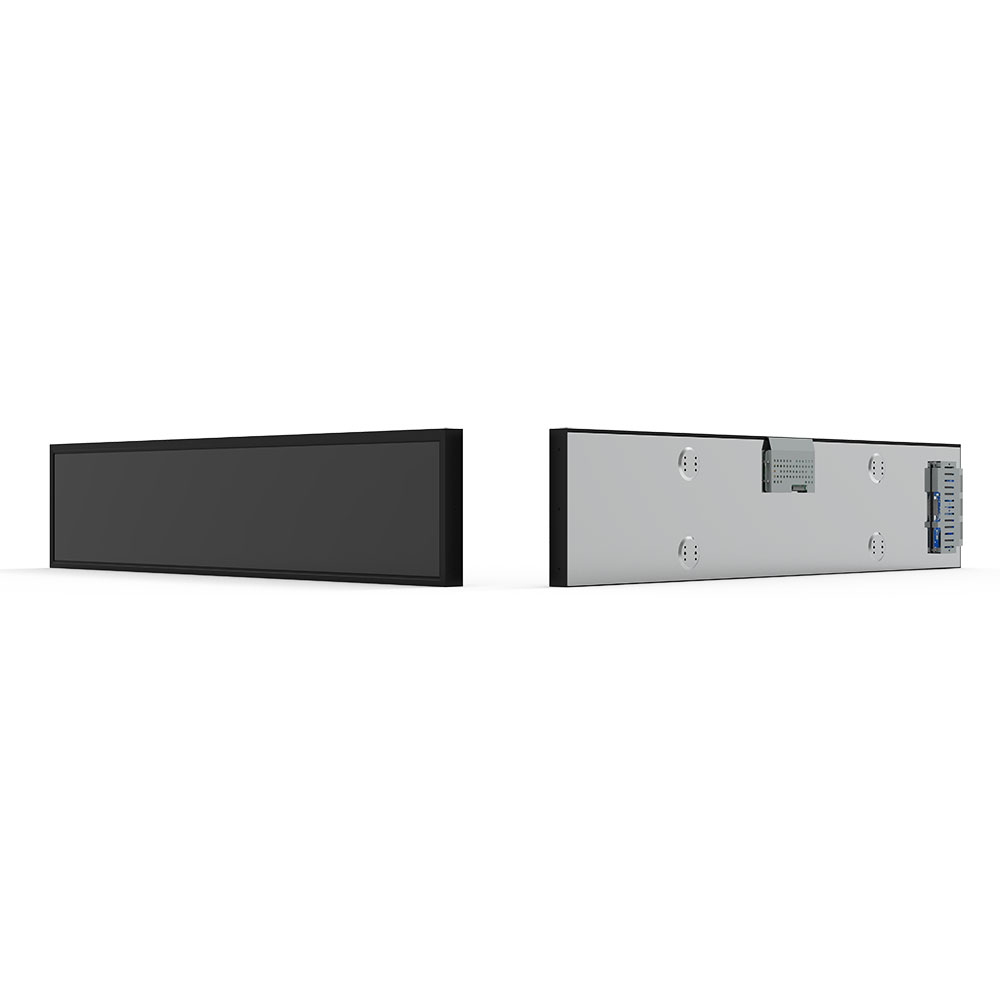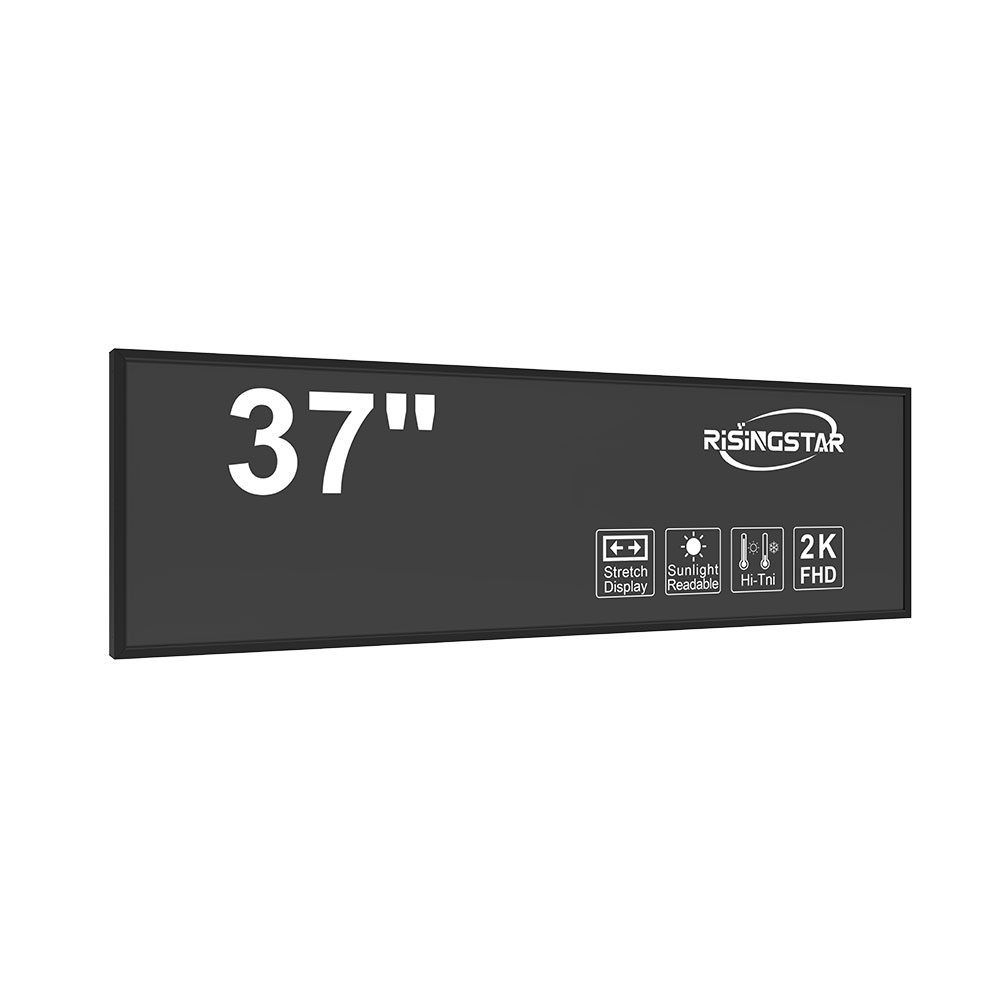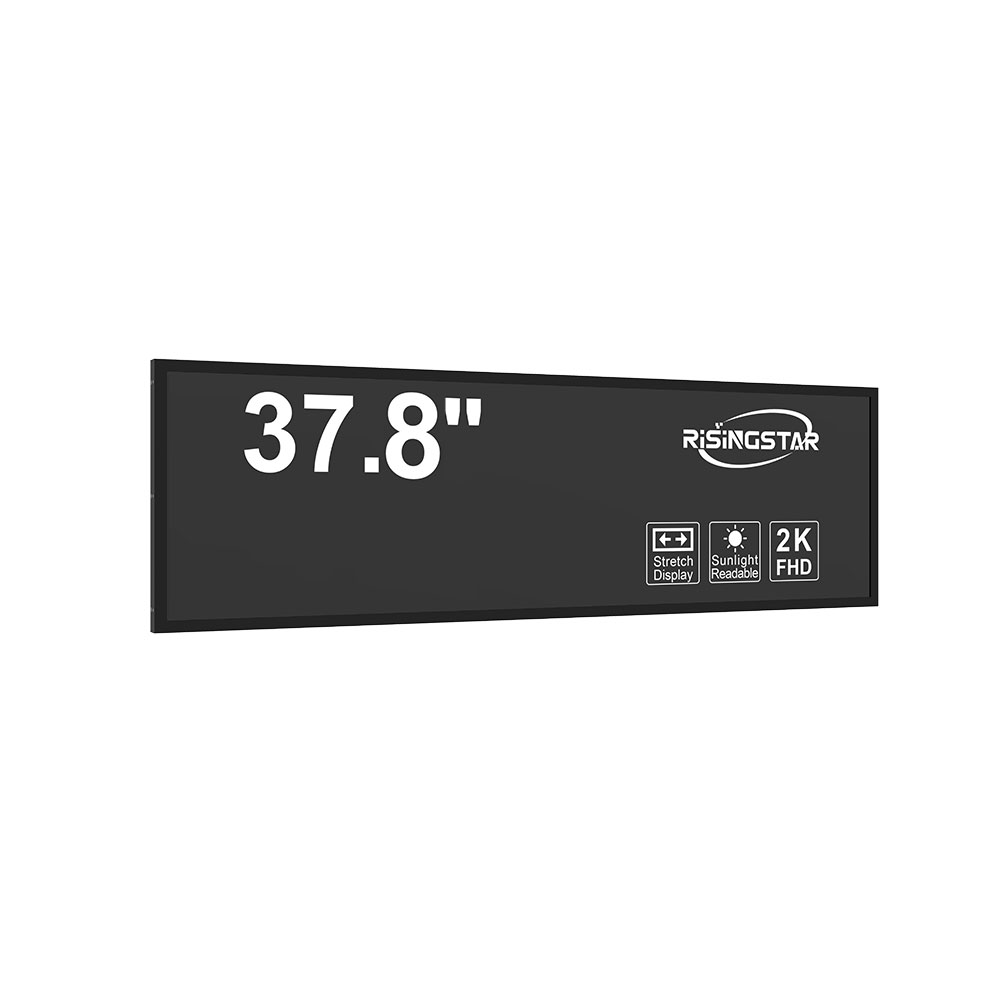- Home
- About Us
- Products
- News
- Video
- Contact
- Send Inquiry
Search
- Home
- About Us
- Products
- News
- Video
- Contact
- Send Inquiry

Outdoor high-brightness LCD strip screens have become a critical component in modern public infrastructure, particularly in transportation hubs such as airports, train stations, bus terminals, and metro systems. These displays provide real-time passenger information—including departure/arrival times, service alerts, weather updates, and emergency notifications—ensuring efficient and safe mobility for millions of travelers daily. According to the International Air Transport Association (IATA), over 90% of major global airports now deploy digital signage systems that rely on durable, high-luminance LCDs to enhance traveler experience and operational transparency.
The strip screen series—from compact 14.1-inch models to massive 86-inch units—offers scalable solutions tailored for diverse environments. For instance, smaller 14.1”–24” screens are commonly used in kiosks or vertical wall mounts at bus stops and subway platforms, where space is limited but visibility must remain high. Larger formats like 37”–58.6” are ideal for open concourses, ticket halls, or gate areas, where ambient light conditions can exceed 5,000 lux—requiring luminance levels of at least 5,000 cd/m² for readability. Advanced models in this range often incorporate anti-glare coatings, IP65-rated enclosures, and wide viewing angles (>178°) to ensure consistent image quality under varying lighting and weather conditions.

Industry-leading manufacturers such as LG Display, BOE Technology, and Innolux now produce panel-based strip screens using LED-backlit LCD technology with local dimming and adaptive brightness control, significantly reducing power consumption while maintaining peak performance. In case studies from London Underground and Tokyo Metro, these screens have demonstrated up to 99.9% uptime over two years, outperforming older CRT and plasma alternatives. Additionally, many systems integrate with central management software (e.g., Cisco Digital Signage, Screenly OSE) enabling remote content updates, scheduled playlists, and analytics tracking for user engagement.
Environmental resilience is another key factor. Outdoor strip screens must comply with standards like EN 60068-2 for vibration resistance, IEC 60529 for dust/water ingress protection, and MIL-STD-810G for shock tolerance. Thermal management is achieved through passive heat sinks and active cooling fans in larger units (>42”), ensuring stable operation across temperature ranges from -30°C to +60°C. With increasing adoption of 4K resolution and HDR support in newer models, future-proofing is also a priority—especially for long-term installations in smart cities and transit authorities seeking interoperability with IoT-enabled systems.

These displays not only improve passenger flow and reduce anxiety during delays but also serve as revenue-generating platforms for advertising and sponsorship. As urban populations grow and sustainability becomes a top policy driver, outdoor strip screens will continue to evolve as essential tools in intelligent transport ecosystems.
